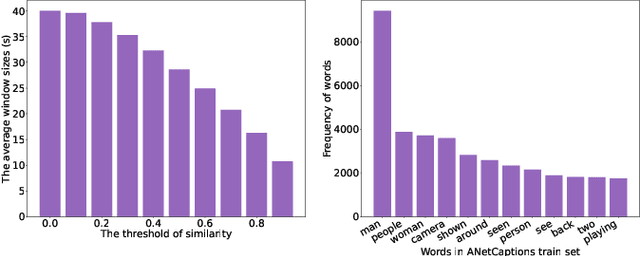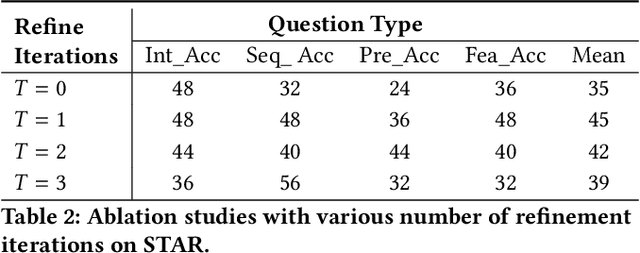Duokang Wang
LLMvsSmall Model? Large Language Model Based Text Augmentation Enhanced Personality Detection Model
Mar 12, 2024Abstract:Personality detection aims to detect one's personality traits underlying in social media posts. One challenge of this task is the scarcity of ground-truth personality traits which are collected from self-report questionnaires. Most existing methods learn post features directly by fine-tuning the pre-trained language models under the supervision of limited personality labels. This leads to inferior quality of post features and consequently affects the performance. In addition, they treat personality traits as one-hot classification labels, overlooking the semantic information within them. In this paper, we propose a large language model (LLM) based text augmentation enhanced personality detection model, which distills the LLM's knowledge to enhance the small model for personality detection, even when the LLM fails in this task. Specifically, we enable LLM to generate post analyses (augmentations) from the aspects of semantic, sentiment, and linguistic, which are critical for personality detection. By using contrastive learning to pull them together in the embedding space, the post encoder can better capture the psycho-linguistic information within the post representations, thus improving personality detection. Furthermore, we utilize the LLM to enrich the information of personality labels for enhancing the detection performance. Experimental results on the benchmark datasets demonstrate that our model outperforms the state-of-the-art methods on personality detection.
BiLL-VTG: Bridging Large Language Models and Lightweight Visual Tools for Video-based Texts Generation
Oct 16, 2023



Abstract:Building models that generate textual responses to user instructions for videos is a practical and challenging topic, as it requires both vision understanding and knowledge reasoning. Compared to language and image modalities, training efficiency remains a serious problem as existing studies train models on massive sparse videos aligned with brief descriptions. In this paper, we introduce BiLL-VTG, a fast adaptive framework that leverages large language models (LLMs) to reasoning on videos based on essential lightweight visual tools. Specifically, we reveal the key to response specific instructions is the concentration on relevant video events, and utilize two visual tools of structured scene graph generation and descriptive image caption generation to gather and represent the events information. Thus, a LLM equipped with world knowledge is adopted as the reasoning agent to achieve the response by performing multiple reasoning steps on specified video events.To address the difficulty of specifying events from agent, we further propose an Instruction-oriented Video Events Recognition (InsOVER) algorithm based on the efficient Hungarian matching to localize corresponding video events using linguistic instructions, enabling LLMs to interact with long videos. Extensive experiments on two typical video-based texts generations tasks show that our tuning-free framework outperforms the pre-trained models including Flamingo-80B, to achieve the state-of-the-art performance.
 Add to Chrome
Add to Chrome Add to Firefox
Add to Firefox Add to Edge
Add to Edge